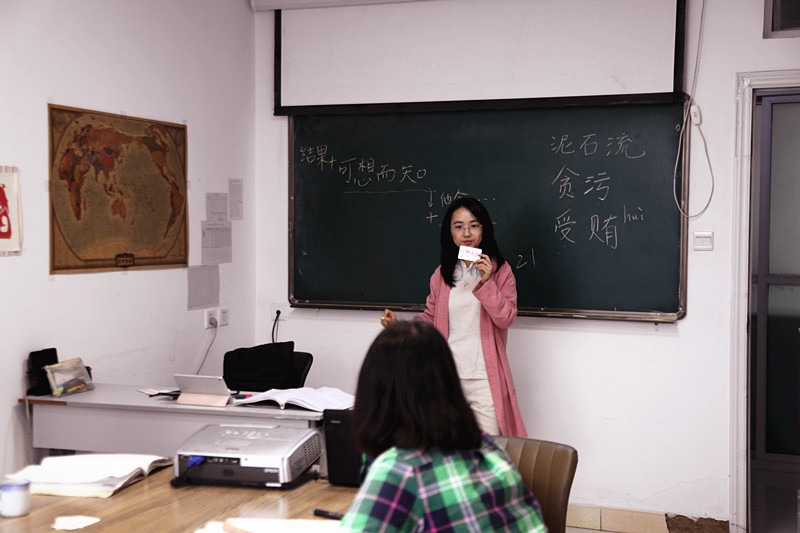(1) How to Learn the Pronunciation of Mandarin
Learning the pronunciation of Mandarin includes two parts: Pronunciation and correcting pronunciation.
Pronouncing correctly is the basic requirement of phonetic learning. The accuracy of pronunciation is related to the ability of listening and tonal discrimination, so first of all, we need to improve our ability of tonal discrimination. On the basis of mastering the correct pronunciation, we need to practise over and over again to achieve complete proficiency.
Correct pronunciation refers to the standard pronunciation of Chinese characters and words. Correcting the improper pronunciation influenced by one’s dialect is a kind of memory training. The difference between the dialectal accent and the Mandarin is regular. After we understands the corresponding law of the dialectal accent and the Mandarin, we don't have to remember the pronunciation of the characters one by one but in batches. On the basis of the correct pronunciation, we can gradually apply these words to the actual spoken language through oral reading and conversational practice.
(2) Diction of Mandarin
The syllable structure of Chinese characters is divided into three parts, they are sound, rhyme and tune. Sound, also called the head character; rhyme, is divided into head vowel, tail vowel, and middle vowel; tune, embodied in the middle vowel. The pronunciation of Chinese characters should follow the syllable structure of Chinese characters, they should sound like round pearls and smooth jade. It is necessary to process the pronunciation of each Chinese character as "jujube core", with a consonant or a head vowel at one end, a tail vowel at the other end and a middle vowel as the core. To achieve the “jujube core” pronunciation is the key to making your Mandarin sound more standard, but just emphasizing “jujube core” pronunciation will inevitably violate the essence of the language communication, pursuing only skills and methods can weaken the emotional color of the sound and destroy the rhythm of the language.
The pitch interval of a Chinese character is very short, it ends in 1/3 seconds. As all the sound, rhyme, tune and diction should be paid attention to in such a short period of time, we must start from the daily training.
1.Word Uttering: The places of articulation of initial consonants should be accurate and the pronunciation should be powerful.
2.Word Erecting: When pronouncing open oral sounds, the mouth opens slightly; closed oral sounds, close slightly.
3.Sound Backing: It should fast and swift. Especially when i, u, n and ng are the tail vowels, pay attention to the change of the mouth shape.
Discover more
tips to learn chinese at KCEL.
